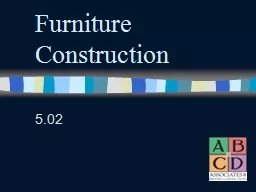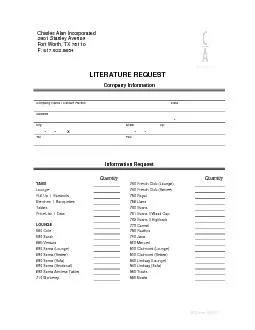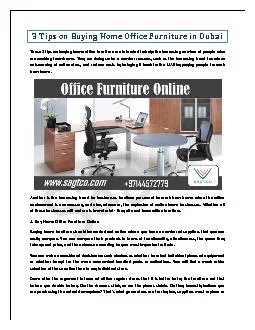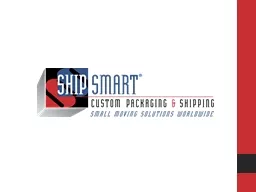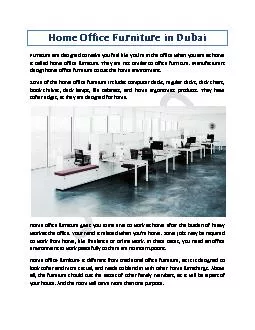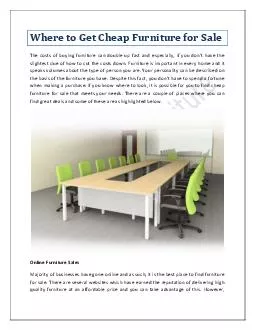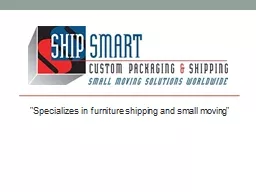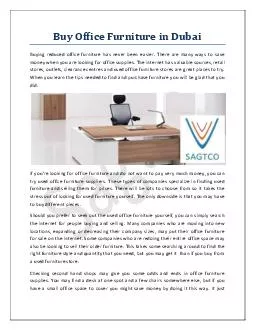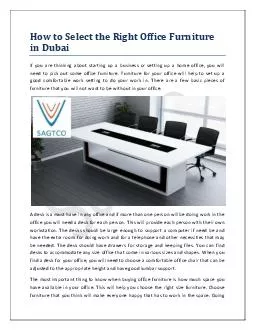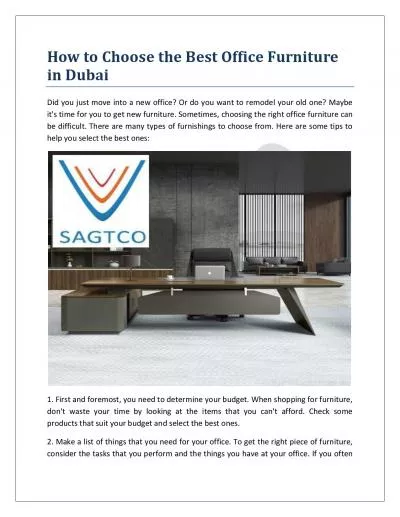PPT-Furniture Construction 5.02 Types of Wood Hardwoods: come from deciduous trees (lose their
Author : tatyana-admore | Published Date : 2019-10-31
Furniture Construction 502 Types of Wood Hardwoods come from deciduous trees lose their leaves Walnut mahogany pecan cherry maple oak Expensive does not dent easily
Presentation Embed Code
Download Presentation
Download Presentation The PPT/PDF document "Furniture Construction 5.02 Types of Woo..." is the property of its rightful owner. Permission is granted to download and print the materials on this website for personal, non-commercial use only, and to display it on your personal computer provided you do not modify the materials and that you retain all copyright notices contained in the materials. By downloading content from our website, you accept the terms of this agreement.
Furniture Construction 5.02 Types of Wood Hardwoods: come from deciduous trees (lose their: Transcript
Download Rules Of Document
"Furniture Construction 5.02 Types of Wood Hardwoods: come from deciduous trees (lose their"The content belongs to its owner. You may download and print it for personal use, without modification, and keep all copyright notices. By downloading, you agree to these terms.
Related Documents

